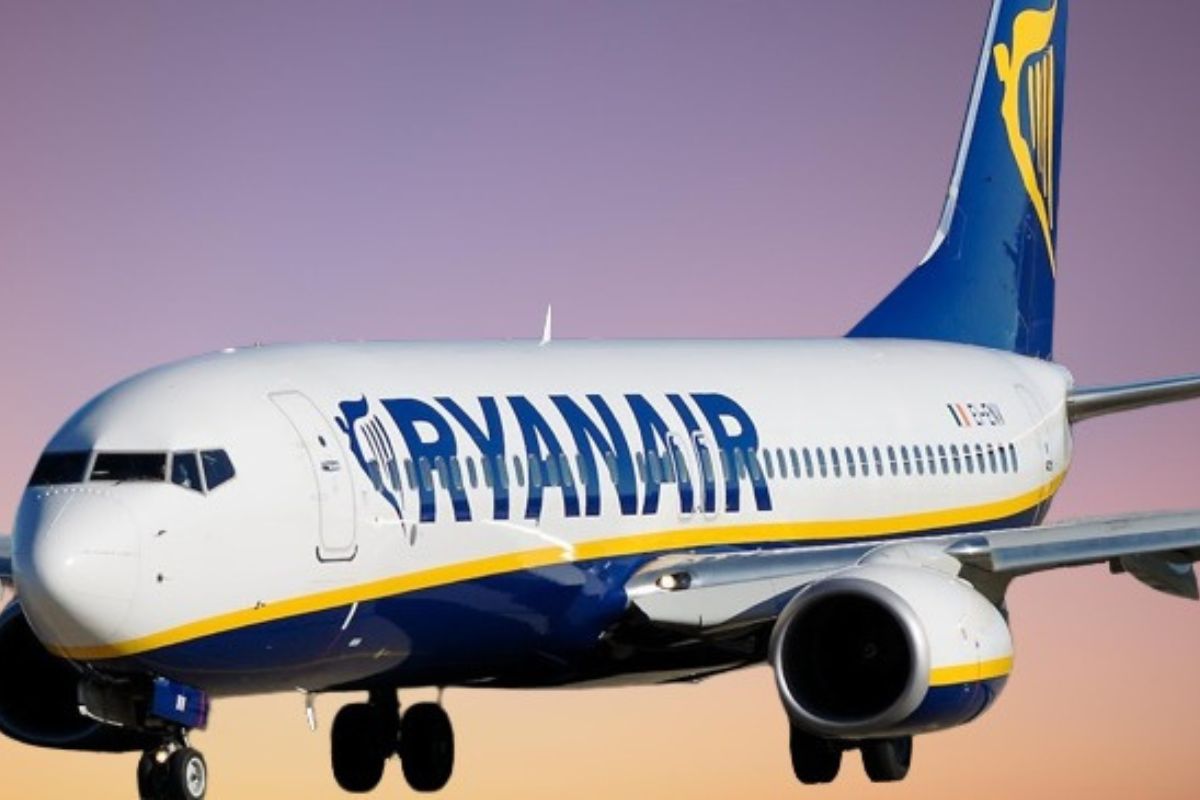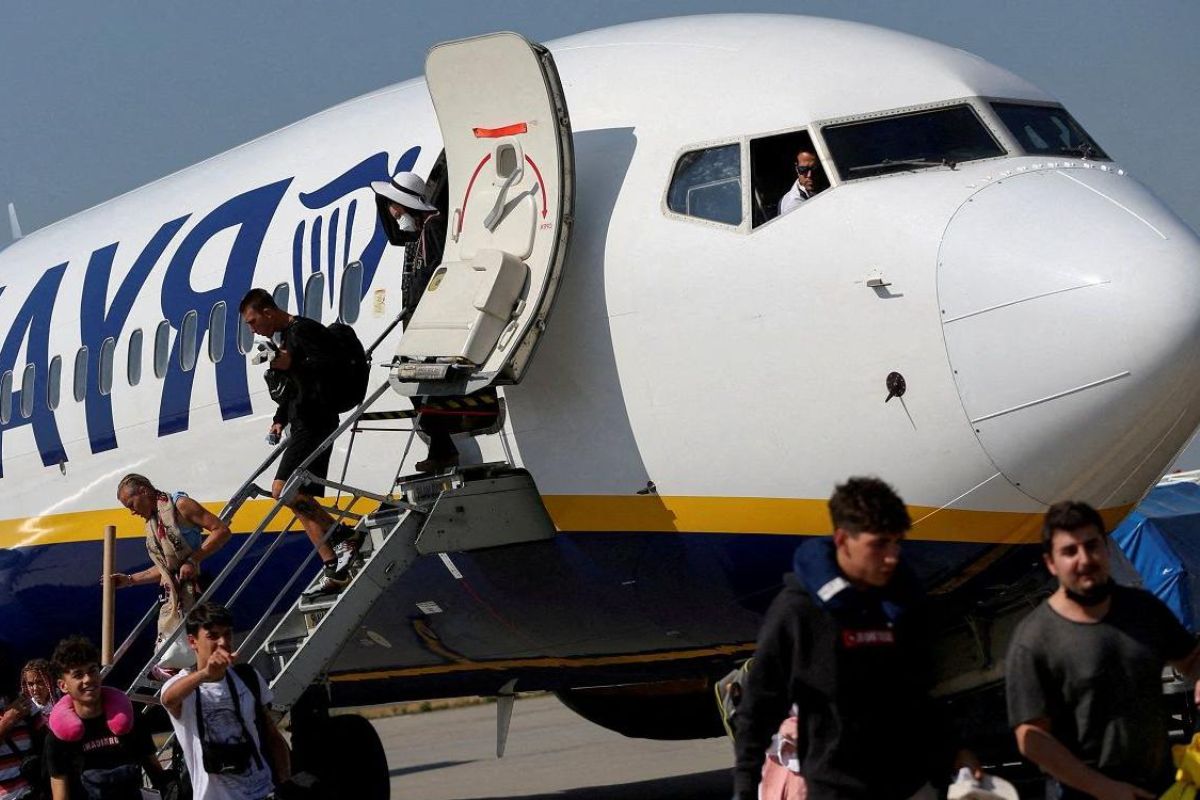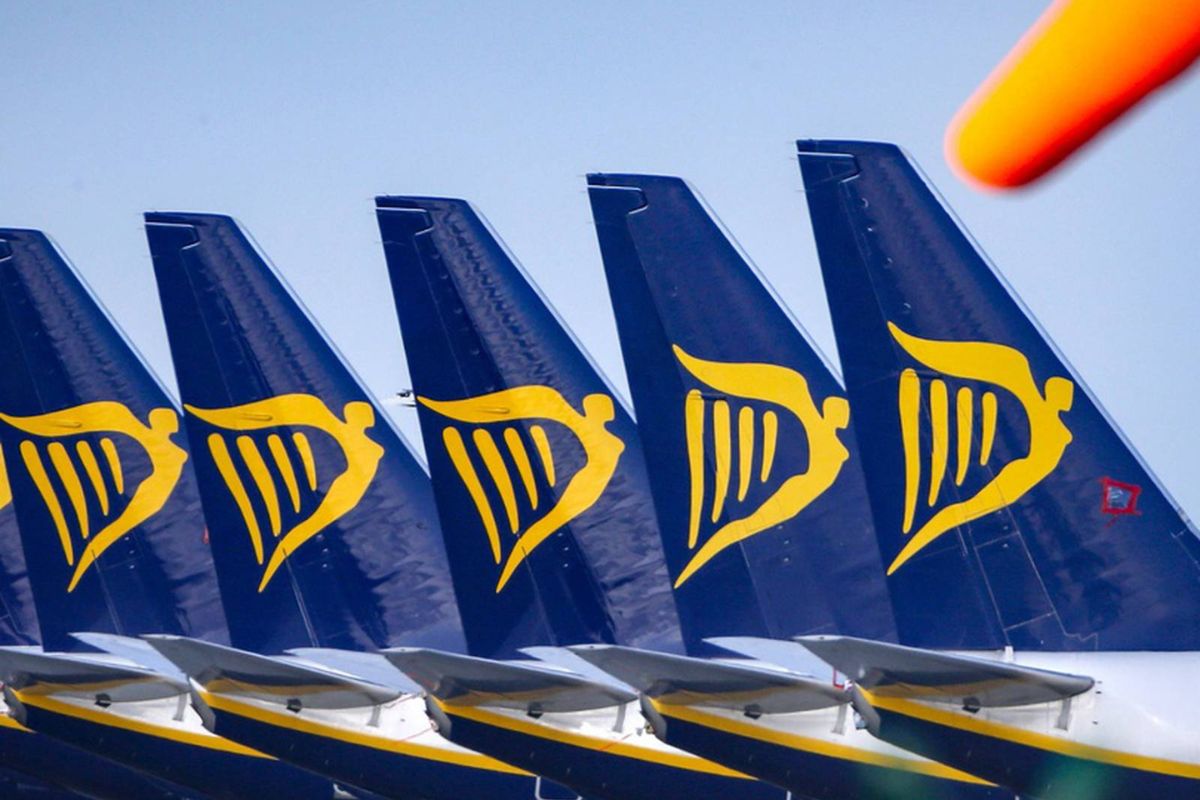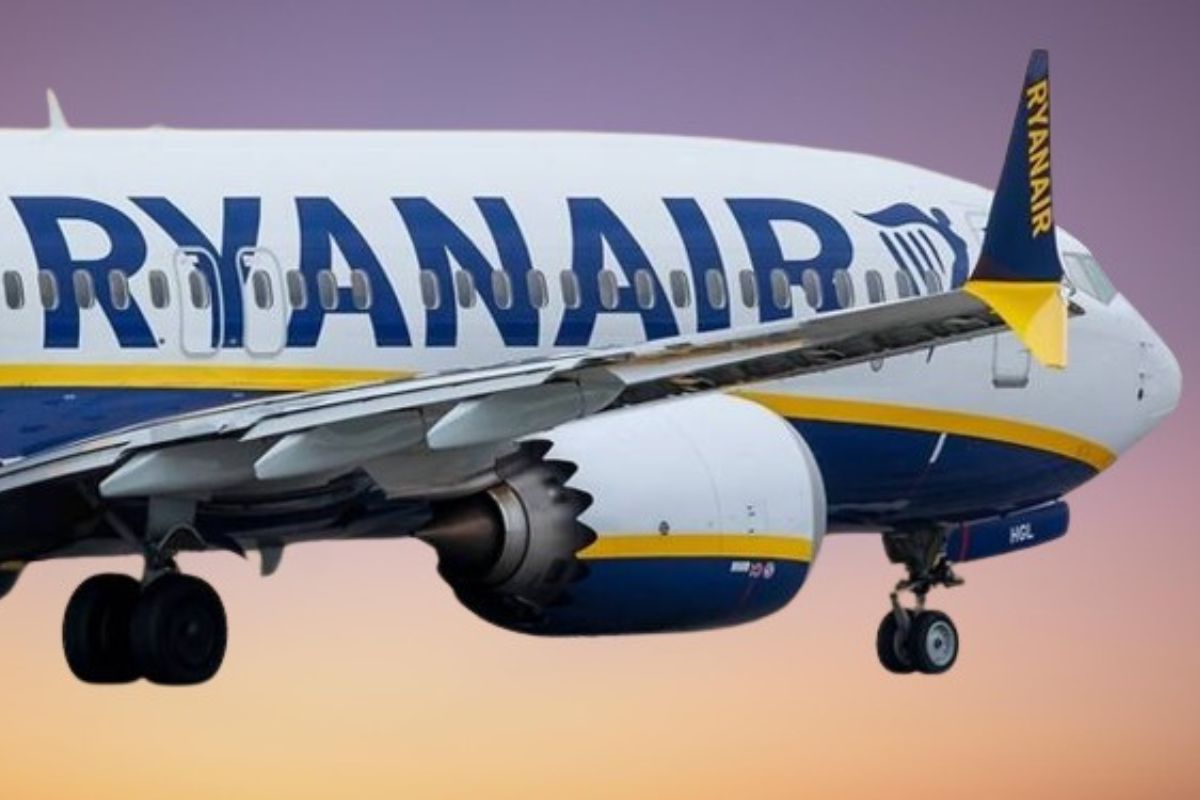Ryanair’s Profit Plunge: Ryanair, the low-cost Irish airline known for its no-frills approach, recently faced a significant setback as its profits took a nosedive. This sudden plunge in earnings has forced the company to reassess its strategic direction and revise its guidance for the future.
As the aviation industry becomes increasingly competitive and unpredictable, Ryanair’s decision to shift its focus away from online travel agents has raised eyebrows and sparked debates among industry experts.
With challenges on multiple fronts and external factors looming large, it remains to be seen how Ryanair will navigate these turbulent skies and secure its place in the market.
Key Takeaways
- Ryanair’s profit after tax decreased by 93% compared to the previous year, indicating a significant decline in profitability.
- The removal of flights from online travel agent systems highlights Ryanair’s strategic move to increase profitability and reduce dependence on intermediaries.
- Despite the decline in profitability, there was a 7% increase in passenger numbers, reflecting a strong demand for Ryanair’s low-cost, no-frills approach.
- Rising operating costs, including fuel costs and staff expenses, pose challenges for Ryanair’s financial stability, emphasizing the need for proactive measures to ensure profitability.
Ryanair’s Q3 Financial Performance
Ryanair’s Q3 financial performance took a significant hit, with a profit after tax of €15 million, marking a staggering 93% decrease compared to the same period the previous year. This drastic decline in profitability is undoubtedly alarming for the airline and its stakeholders.
Also Read: Ryanair CEO Addresses Passenger Confidence Amid Boeing 737 MAX Challenges
The primary factor contributing to this plunge is identified as higher fuel costs, which have offset any revenue increases. As fuel prices continue to rise, airlines across the globe are grappling with the challenge of maintaining profitability.
Furthermore, Ryanair experienced softer load factors and passenger yields during the crucial Christmas and New Year period, further exacerbating their financial woes.
In light of these concerning results, Ryanair must reevaluate its strategic direction and make necessary adjustments to ensure long-term financial stability.
Strategic Move Against Online Travel Agents
In a strategic maneuver to assert control over its distribution channels, Ryanair has taken a bold stand against online travel agents by removing its flights from their systems. This move is a calculated effort by the airline to bypass intermediaries and encourage passengers to book directly through its website.
By eliminating the middleman, Ryanair aims to increase its profitability and reduce its dependence on online travel agents who often charge high fees for their services. This strategic shift demonstrates Ryanair’s determination to streamline its operations and maximize revenue.
While this move may be seen as a risky strategy, it aligns with Ryanair’s reputation for disruptive tactics in the aviation industry. This bold approach challenges the traditional distribution model and reaffirms Ryanair’s commitment to maintaining control over its distribution channels.
Q3 Operational Highlights
The third quarter of the year saw impressive operational highlights for Ryanair. There was a 7% increase in passenger numbers and a remarkable load factor of 92%. These numbers reflect the airline’s ability to attract and retain customers, even in a challenging market. The strong passenger growth demonstrates the continued demand for Ryanair’s low-cost, no-frills approach to air travel.
Furthermore, the high load factor indicates that the airline is effectively filling its planes and maximizing its revenue potential. With a total revenue of €2.31 billion, a 17% increase from the same period last year, it is clear that Ryanair’s operational performance is translating into financial success.
These Q3 operational highlights further solidify Ryanair’s position as a leading player in the European airline industry.
Challenges and Guidance for the Future
As Ryanair faces challenges and looks towards the future, it must navigate increasing operating costs and anticipate a traditionally weak fourth quarter impacted by the partial unwind of free ETS carbon credits. The airline’s operating costs have increased by a significant 26%, primarily driven by a 35% rise in fuel costs, higher staff expenses, and the earlier timing of maintenance.
These factors pose a significant challenge for Ryanair, as they directly impact the company’s profitability. Additionally, the partial unwind of free ETS carbon credits further adds to the pressure on the airline’s financial performance in the upcoming months. To emphasize the magnitude of these challenges, consider the following table:
| Challenges | Impact on Ryanair |
|---|---|
| Rising fuel costs | Increased expenses |
| Higher staff expenses | Increased costs |
| Partial unwind of free ETS carbon credits | Financial strain |
To ensure a successful future, Ryanair must proactively address these challenges and make strategic decisions to mitigate their impact. The airline’s narrowed full-year profit after tax guidance of €1.85 billion to €1.95 billion emphasizes the importance of avoiding any unforeseen adverse events in the fourth quarter. By carefully managing costs and implementing efficient strategies, Ryanair can overcome these challenges and steer towards a more profitable future.
External Factors and Future Concerns
Ryanair’s financial performance in the coming months is vulnerable to a range of external factors that could potentially impact its profitability. The airline’s CEO, Michael O’Leary, has expressed concerns about several events that could negatively affect the company’s performance.
These include the ongoing conflict between Ukraine and Russia, as well as the Israel-Hamas conflict, both of which have the potential to disrupt travel and increase fuel costs. Additionally, Ryanair is wary of potential delays in Boeing aircraft deliveries, which could impact its expansion plans and ability to meet customer demand.
Given these external factors, it is crucial for Ryanair to remain vigilant and adapt its strategies accordingly to mitigate any potential negative impacts on its financial performance.
Conclusion Of Ryanair’s Profit Plunge
Ryanair’s recent profit plunge can be attributed to its strategic shifts, particularly its move against online travel agents. Despite facing challenges, the airline has achieved operational highlights in Q3.
However, Ryanair’s guidance for the future remains uncertain due to external factors and concerns. It is crucial for the airline to adapt and navigate through these challenges in order to regain profitability and maintain its position in the highly competitive airline industry.
Our Reader’s Queries
Q1 What is the strategic approach of Ryanair?
A Ryanair employs a focused strategy, specifically the cost focus strategy, with the objective of offering the most affordable product or service in the industry. Competitors of Ryanair include EasyJet, Aer Lingus Group, Vueling Airlines, and Wizz Air. The airline generates profits by charging customers premium prices for various services and amenities.
Q2 What are Porter’s five forces model of Ryanair?
A To maintain a competitive position in the industry, Ryanair must establish a robust position concerning Porter’s Five Forces framework. These forces encompass: (1) Threat of new entrants, (2) Bargaining Power of Buyers, (3) Bargaining Power of Suppliers, (4) Threat of new substitutes, and (5) Intensity of Rivalry among competitors.
Q3 How is Ryanair so profitable?
A Ryanair generates revenue by offering budget-friendly ticket sales and additional services, such as baggage fees and enhanced legroom. As a low-cost airline focused on budget travel, Ryanair provides affordable flights to customers and offers cost-effective supplementary services accessible via desktops, laptops, and mobile devices.




